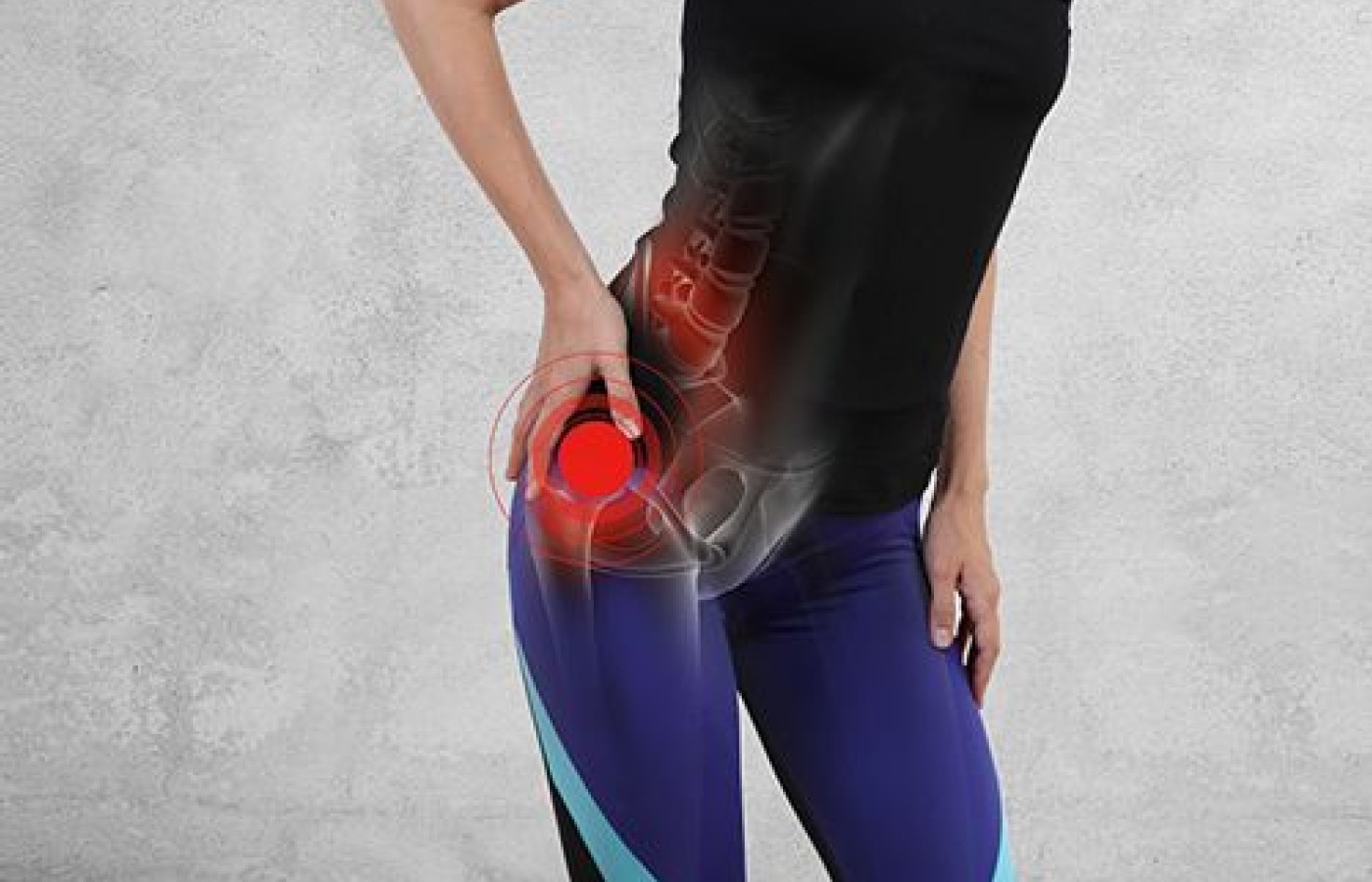One of the longest nerves in the body is known as the vagus nerve (VN). The VN is the 10th pair of cranial nerves that originates at the brain stem in the medulla oblongata. This nerve is part of the parasympathetic nervous system, which is a part of the ANS. Research suggests ear acupuncture can activate the VN.
Documenting Pain ... Can Be a Pain
If you have ever worked with a patient who has a pain complaint, you know how frustrating defining pain can be. Pain is very subjective, and every patient interprets their pain differently – even worse, pain perception is very easily manipulated by any number of factors including medications, weather changes, and the patient's personal mindset.
It has been my experience that patients will often try to compare their pain to someone else for validation. They might say, "I have a higher pain tolerance than most people." Which equals my pain is really bad, worse than what most people could take. On the flip side, patients will try to convince you of the validity of their pain – not because they are malingering, but because they don't think you really believe they have pain, so they feel the need to exaggerate.
Unlike a broken bone, which can be seen on radiographs – or a joint problem that can be evaluated with orthopedic testing- there is no good clinical way to measure the pain a patient is in. This makes pain assessment problematic. Unfortunately, most third party evaluators often default to a pain score as the prime measure of a patient's pain level. I have previously shared in the column an experience I had with an injured worker – with care we got him off medications and back to work. But he still had a level of pain – even with his improved functional capacity. The case reviewer only focused on the pain score and dismissed the other data regarding decreased medications and increased work status – since there was still pain the patient still had a problem. We have to get past that limited notion.

When treating a pain patient a pain score is helpful, but do not rely on that as the sole measure of a patients progress. Orthopedic testing, palpation, and range of motion findings should all be monitored regularly to show changes in the patient's status, and ideally improvement with your care. As noted above decreased medication usage and increased work status also represent measured improvements in care.
Another very easy tool to use in showing a patient's response to care is by using Outcomes Assessment questionnaires. There are several out there – but we will focus on the Neck Disability and the Oswestry. These are considered condition-specific tools to measure how a patient's perception of their pain affects their ability to perform daily activities. These are considered objective measures and should be a part of baseline examinations and your regular interim re-evaluations.
Both of these questionnaires are 10 questions long. Each question focuses on a specific ADL, with 6 possible answers ranging from "no pain" to "worst imaginable." Each of these answers then scores from 0 to 5. Add up each question and multiply by 2 – this gives you a score out of 100.
Interpretation of the scores would then be:
- 0-20: minimal pain
- 20-40: moderate disability
- 40-60: severe disability
- 60-80: crippling disability
- Over 80: patient is incapacitated by pain or malingering
Regular updating of these questionnaires as part of your evaluation provides you another piece of objective data to validate your care. If a patient with lower back pain was initially at 46/100 is then at 28/100 you have shown a measured improvement in that patient's functional status with your care!
Let's face it – doing exams is a pain, paperwork is endless, and having to do reports is time consuming. The reality is that your diagnosis must be supported, and your care must be justified. I like these tests because they are quick and simple. Copies are easily found online (https://www.aaos.org/uploadedFiles/NDI.pdf), for example at the American Academy of Orthopedic Surgeons (AAOS) website.
These are quick and simple, and provide good data validating a positive response to your care. It should be easy to add these tests to your exam protocol. Certainly there are other tests, signs, and observations to be made in the individual case. The more information you have to confirm your findings, the more secure you are in your diagnosis and treatment protocol. These extra notes help document the severity of the patients' complaints. This extra documentation can also help make the difference if you must justify your diagnosis to an insurer or third party.
Take the extra few seconds to add these tests into your exam routine. They will serve you well!



